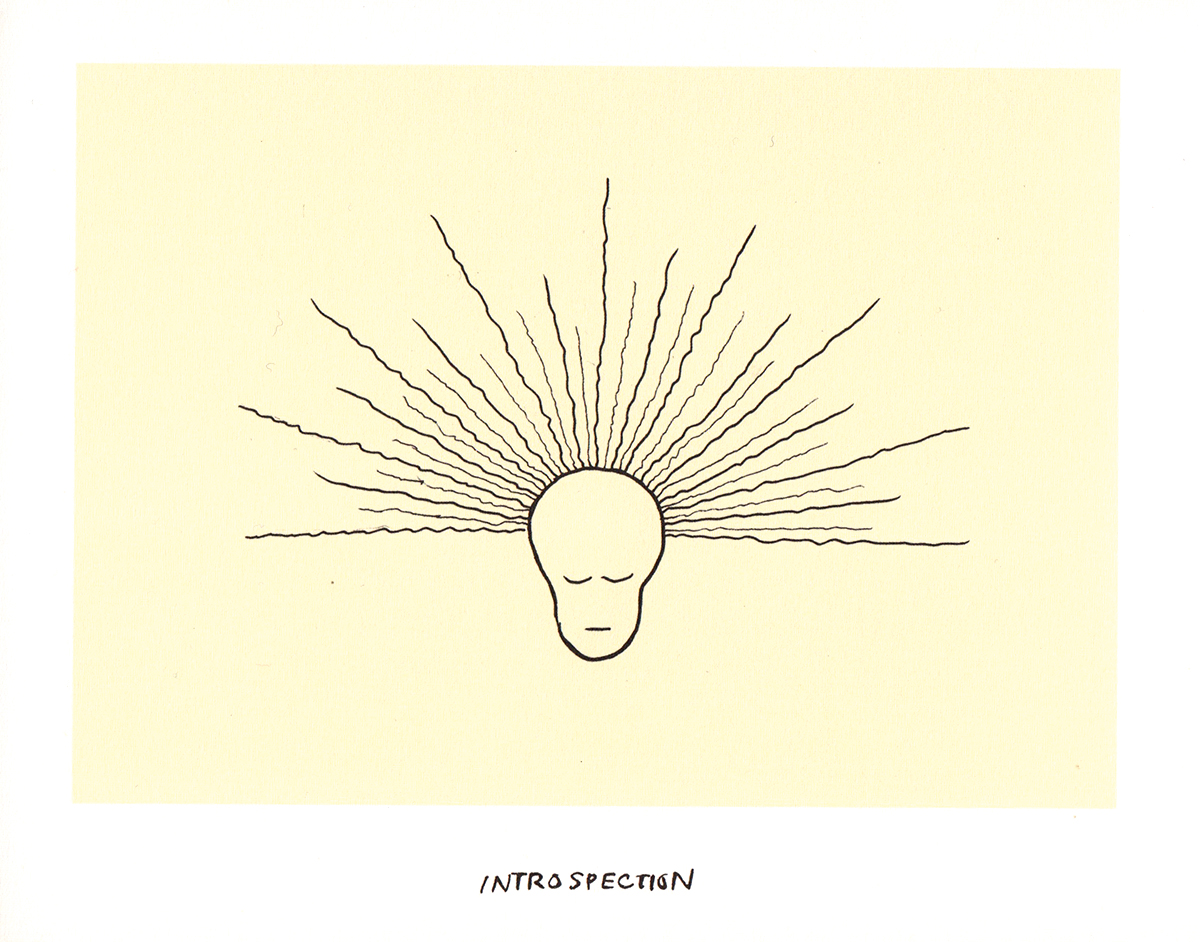Those who love the work of Federico Fellini must envy anyone who sees La Dolce Vita for the first time. But today such a viewer, however overwhelmed by the lavish cinematic feast laid before his eyes, will wonder if giving the intrusive tabloid photographer friend of Marcello Mastroianni’s protagonist the name “Paparazzo” isn’t a bit on the nose. Unlike La Dolce Vita’s first audiences in 1960, we’ve been hearing about real-life paparazzi throughout most all of our lives, and thus may not realize that the word itself originally derives from Fellini’s masterpiece. Each time we refer to the paparazzi, we pay tribute to Paparazzo.
In the video essay above, Evan Puschak (better known as the Nerdwriter) traces the origins of paparazzi: not just the word, but the often bothersome professionals denoted by the word. The story begins with the dictator Benito Mussolini, an “avid movie fan and fanboy of film stars” who wrote “more than 100 fawning letters to American actress Anita Page, including several marriage proposals.” Knowing full well “the emotional power of cinema as a tool for propaganda and building cultural prestige,” Mussolini commissioned the construction of Rome’s Cinecittà, the largest film-studio complex in Europe when it opened in 1937 — six years before his fall from power.
During the Second World War, Cinecittà became a vast refugee camp. When peacetime returned, with “the studio space being used and Mussolini’s thumb removed, a new wave of filmmakers took to the streets of Rome to make movies about real life in postwar Italy.” Thus began the age of Italian Neorealism, which brought forth such now-classic pictures as Roberto Rossellini’s Rome, Open City and Vittorio De Sica’s Bicycle Thieves. In the nineteen-fifties, major American productions started coming to Rome: Quo Vadis, Roman Holiday, Ben-Hur, Cleopatra. (It was this era, surely, that inspired an eleven-year-old named Martin Scorsese to storyboard a Roman epic of his own.) All of this created an era known as “Hollywood on the Tiber.”
For a few years, says Puschak, “the Via Veneto was the coolest place in the world.” Yet “while the glitterati cavorted in chic bars and clubs, thousands of others struggled to find their place in the postwar economy.” Some turned to tourist photography, and “soon found they could make even more money snapping photos of celebrities.” It was the most notorious of these, the “Volpe di via Veneto” Tazio Secchiaroli, to whom Fellini reached out asking for stories he could include in the film that would become La Dolce Vita. The newly christened paparazzi were soon seen as the only ones who could bring “the gods of our culture down to the messy earth.” These six decades later, of course, celebrities do it to themselves, social media having turned each of us — famous or otherwise — into our own Paparazzo.
Related content:
Federico Fellini Introduces Himself to America in Experimental 1969 Documentary
Cinecittà Luce and Google to Bring Italy’s Largest Film Archive to YouTube
Mussolini Sends to America a Happy Message, Full of Friendly Feelings, in English (1927)
Based in Seoul, Colin Marshall writes and broadcasts on cities, language, and culture. His projects include the Substack newsletter Books on Cities, the book The Stateless City: a Walk through 21st-Century Los Angeles and the video series The City in Cinema. Follow him on Twitter at @colinmarshall, on Facebook, or on Instagram.









